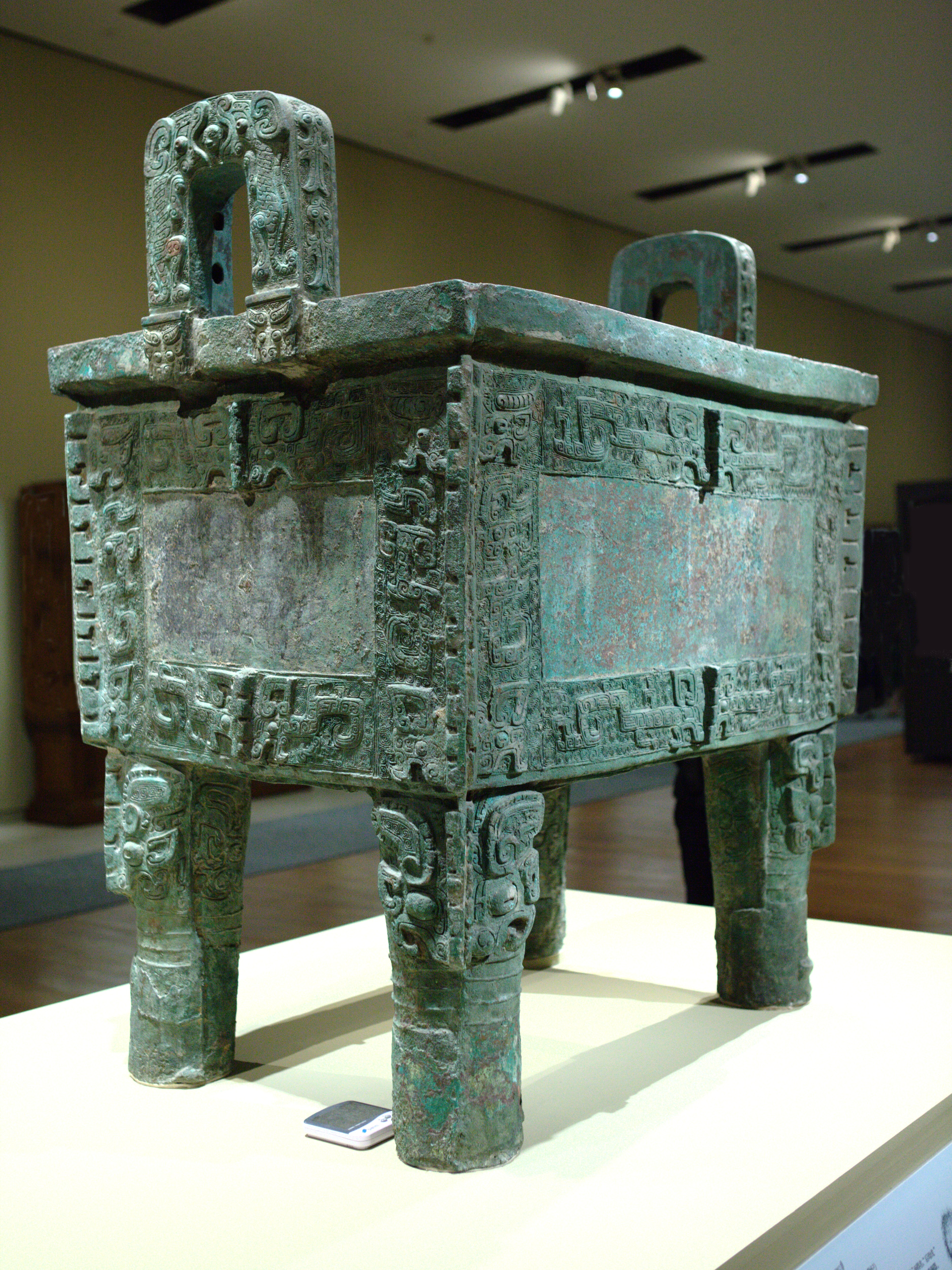|
Laugen-Melaun Culture
The Laugen-Melaun culture (from German ''Laugen-Melaun-Kultur'') or Luco culture (in Italian) developed between the late Bronze Age and the early Iron Age in the Alps, between Trentino, South Tyrol, East Tyrol, and in the Engadin. The term, coined in 1927 by Gero von Merhart, initially included only Melaun (also ''Mellaun''), a village near Brixen. The ''pitcher of Laugen'', found at Villanders and preserved at the South Tyrol Museum of Archaeology, is a typical example of this culture: it has a triangular nozzle, a decorative outer grooves, and a height of 18.3 cm ; next to the handle are two horn-shaped appendices. Also at Villanders it was found a place used for votive burnings (Opferplatz) remained in use for centuries until the Iron Age The Iron Age is the final epoch of the three-age division of the prehistory and protohistory of humanity. It was preceded by the Stone Age (Paleolithic, Mesolithic, Neolithic) and the Bronze Age (Chalcolithic). The concept has be ... [...More Info...] [...Related Items...] OR: [Wikipedia] [Google] [Baidu] |
North Italy
Northern Italy ( it, Italia settentrionale, it, Nord Italia, label=none, it, Alta Italia, label=none or just it, Nord, label=none) is a geographical and cultural region in the northern part of Italy. It consists of eight administrative regions: Aosta Valley, Piedmont, Liguria, Lombardy, Emilia-Romagna, Veneto, Friuli-Venezia Giulia and Trentino-Alto Adige. As of 2014, its population was 27,801,460. Rhaeto-Romance and Gallo-Italic languages are spoken in the region, as opposed to the Italo-Dalmatian languages spoken in the rest of Italy. The Venetian language is sometimes considered to be part of the Italo-Dalmatian languages, but some major publications such as '' Ethnologue'' (to which UNESCO refers on its page about endangered languages) and ''Glottolog'' define it as Gallo-Italic. For statistic purposes, the Istituto Nazionale di Statistica (ISTAT) uses the terms Northwest Italy and Northeast Italy for two of Italy's five statistical regions in its reporting. These same ... [...More Info...] [...Related Items...] OR: [Wikipedia] [Google] [Baidu] |
Engadin
The Engadin or Engadine ( rm, ;This is the name in the two Romansh idioms that are spoken in the Engadin, Vallader and Puter, as well as in Sursilvan and Rumantsch Grischun. In Surmiran, the name is ''Nagiadegna'', and in Sutsilvan, it is ''Gidegna''. german: ; it, Engadina; french: Engadine) is a long high Alpine valley region in the eastern Swiss Alps in the canton of Graubünden in southeasternmost Switzerland with about 25,000 inhabitants. It follows the route of the Inn ( rm, En, links=no) from its headwaters at Maloja Pass in the southwest running roughly northeast until the Inn flows into Austria, little less than one hundred kilometers downstream. The En/Inn subsequently flows at Passau into the Danube, making it the only Swiss river to drain into the Black Sea. The Engadine is protected by high mountain ranges on all sides and is famous for its sunny climate, beautiful landscapes and outdoor activities. Name In English, the valley is either known as ''Enga ... [...More Info...] [...Related Items...] OR: [Wikipedia] [Google] [Baidu] |
Archaeological Cultures In Austria
Archaeology or archeology is the scientific study of human activity through the recovery and analysis of material culture. The archaeological record consists of artifacts, architecture, biofacts or ecofacts, sites, and cultural landscapes. Archaeology can be considered both a social science and a branch of the humanities. It is usually considered an independent academic discipline, but may also be classified as part of anthropology (in North America – the four-field approach), history or geography. Archaeologists study human prehistory and history, from the development of the first stone tools at Lomekwi in East Africa 3.3 million years ago up until recent decades. Archaeology is distinct from palaeontology, which is the study of fossil remains. Archaeology is particularly important for learning about prehistoric societies, for which, by definition, there are no written records. Prehistory includes over 99% of the human past, from the Paleolithic until the advent of ... [...More Info...] [...Related Items...] OR: [Wikipedia] [Google] [Baidu] |
Bronze Age Cultures Of Europe
Bronze is an alloy consisting primarily of copper, commonly with about 12–12.5% tin and often with the addition of other metals (including aluminium, manganese, nickel, or zinc) and sometimes non-metals, such as phosphorus, or metalloids such as arsenic or silicon. These additions produce a range of alloys that may be harder than copper alone, or have other useful properties, such as strength, ductility, or machinability. The archaeological period in which bronze was the hardest metal in widespread use is known as the Bronze Age. The beginning of the Bronze Age in western Eurasia and India is conventionally dated to the mid-4th millennium BCE (~3500 BCE), and to the early 2nd millennium BCE in China; elsewhere it gradually spread across regions. The Bronze Age was followed by the Iron Age starting from about 1300 BCE and reaching most of Eurasia by about 500 BCE, although bronze continued to be much more widely used than it is in modern times. Because historical artworks w ... [...More Info...] [...Related Items...] OR: [Wikipedia] [Google] [Baidu] |


.jpg)
